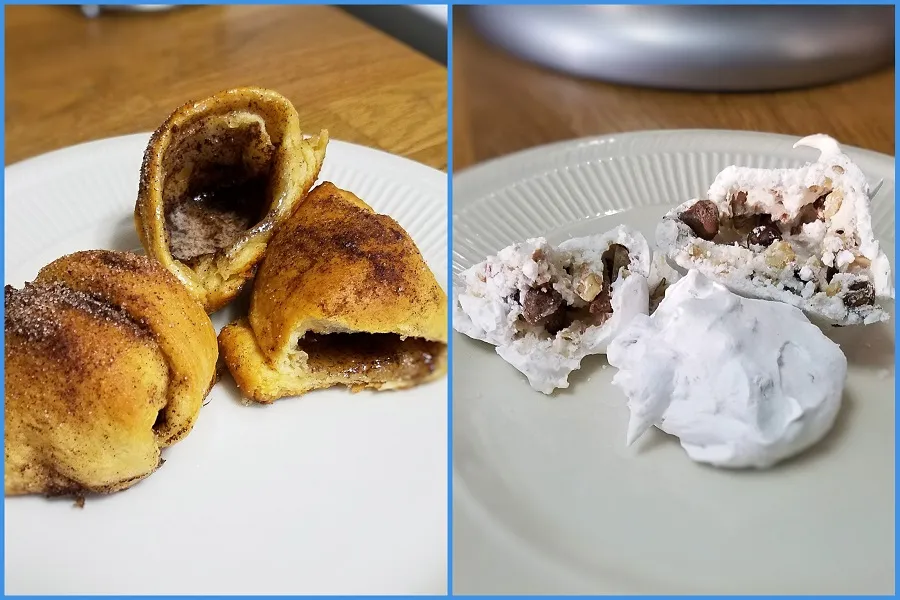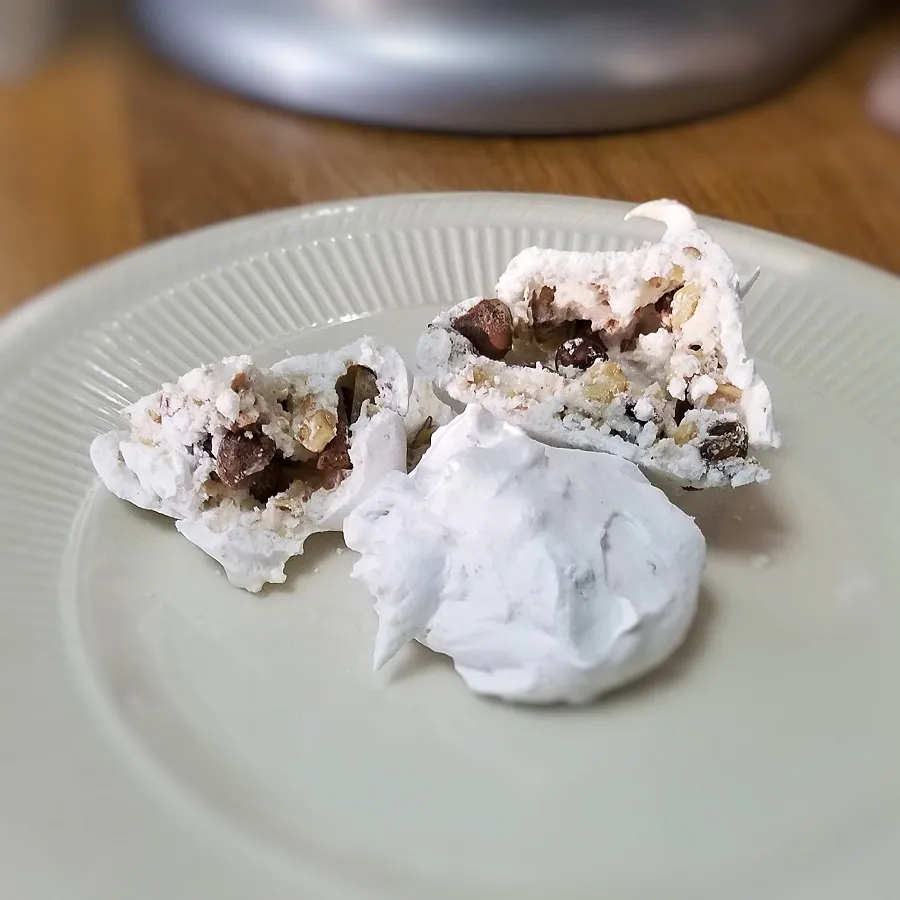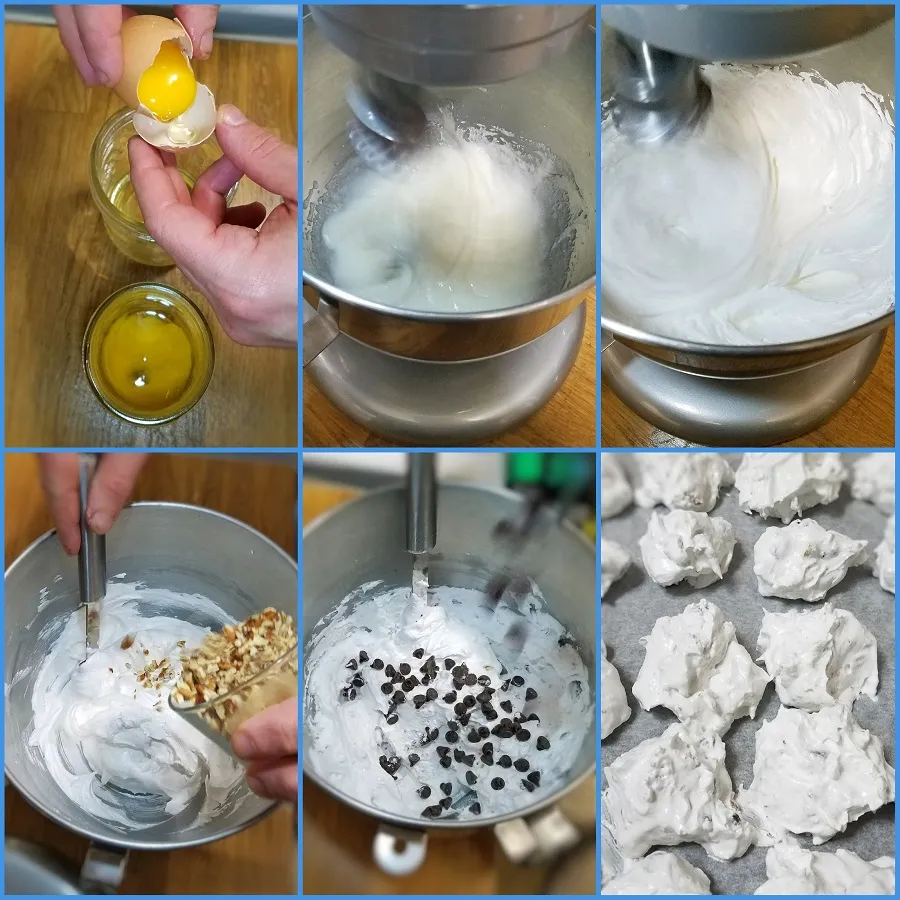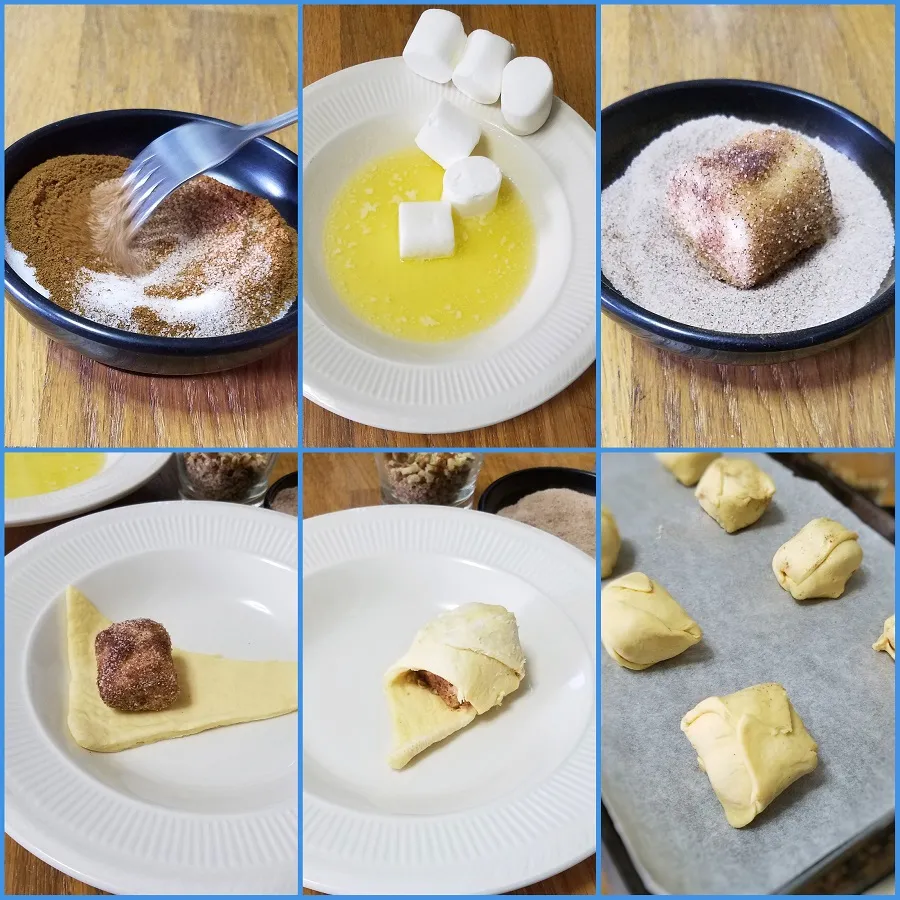Create Your Own Cave Habitats as delicious Confections

Create your own cave treats following these simple recipes. Caves provide habitats for unique species. Make your own edible cave habitats in the form of hollow meringue cookies or dessert rolls.
Bake your own cave habitats!
Create hollow meringue cookies and cavernous dessert rolls following the recipes below

Cavernous Cookies
Make your own cave habitat in the form of a hollow meringue cookie
Ingredients
- ½ cup chopped pecans
- ½ cup chocolate chips
- 1 teaspoon distilled white vinegar
- 1 cup sugar
- 3 egg whites
- 1 pinch of salt
Instructions
- Preheat oven to 300 degrees F
- Place 1 teaspoon of vinegar into a mixing bowl
- Add egg whites, pinch of salt and sugar to bowl
- Beat the mixture on high for 12 to 15 minutes until stiff peaks form
- Fold in chopped pecans and chocolate chips
- Spoon onto a baking sheet with parchment paper
- Place cookies into the oven and then turn the oven off
- Leave cookies in the oven for 6-8 hours, then enjoy

Bake a cave habitat inside a dessert roll with this simple recipe

Cave Crescent Rolls
Create a fun dessert roll with a hollow center
Ingredients
- 8 large marshmallows
- ¼ cup melted butter
- ⅛ cup sugar
- 1 teaspoon cinnamon
- 1 8-oz can crescent roll dough
Instructions
- Preheat oven to 350 degrees F
- Mix cinnamon and sugar together in a small bowl
- Unroll crescent roll dough
- Roll marshmallows in melted butter, and then in the cinnamon-sugar mixture
- Place coated marshmallow onto an unrolled crescent roll
- Roll the coated marshmallow up in the crescent roll, completely covering the sides by pinching the seams of the dough together
- Place rolls onto a baking sheet with parchment paper
- Bake for about 12 minutes
- Brush rolls with remaining melted butter and sprinkle with remaining cinnamon-sugar mixture

What are habitats?
Both the physical and biological features of areas characterize habitats. Physical characteristics of an area can include things like intensity (or absence) of light, humidity, soil, and temperature. Biological characteristics of an area can include things like the presence (or absence) of predators and the availability of food.
Habitat - a type of environment where an organism lives. A habitat is an area where an organism can find food, shelter, protection, and opportunity for reproduction.
The Karst topography of the Ozarks
Karst landscape is composed of soluble rock with lots of springs, caves, underground streams and sinkholes. Cave habitats are relatively isolated, devoid of light and offer limited food sources, but caves can offer constant year-round temperature and protection. Similar cave environments may not neccessarily provide habitat for similar species. There are many cave animals that are unique to a particular cave system or region.
The Ecological Niches of Cave life
Caves are pretty much isolated from the outside. They make great shelters because of this, and offer additional protection to cave inhabitants. But food and light can be extremely scarce inside caves. Even so, a variety of species live in the lightless passages of cave systems. Some animals wander into caves accidentally; others come and go from caves regularly; then other organisms simply prefer caves over other habitats; while some species have lived for generations within a cave system, never leaving. Animals found in the deepest, darkest depths of a cave rely heavily on outside forces to bring nutrients into the cave for them to eat. The activity of animals that come and go from the cave, such as bats, can provide nutrient sources for the cave life that never leaves their subterranean world. Water that infiltrates into the ground also washes nutrients into caves. Nutrients that provide the foundation of the food web for cave life.
Habitat Change
Caves are sensitive to pollution. Activities on the surface can easily affect cave ecosystems below. When caves become threatened, it is usually due to surface activity. If you live in the Ozarks, your activities can have a direct impact on cave species and water quality.
To protect caves, cave life, and water quality, it requires us to be diligent in how we manage and use our land and our resources.
About the Author

Director of Marketing
Hubert Heck is the Director of Marketing for Fantastic Caverns